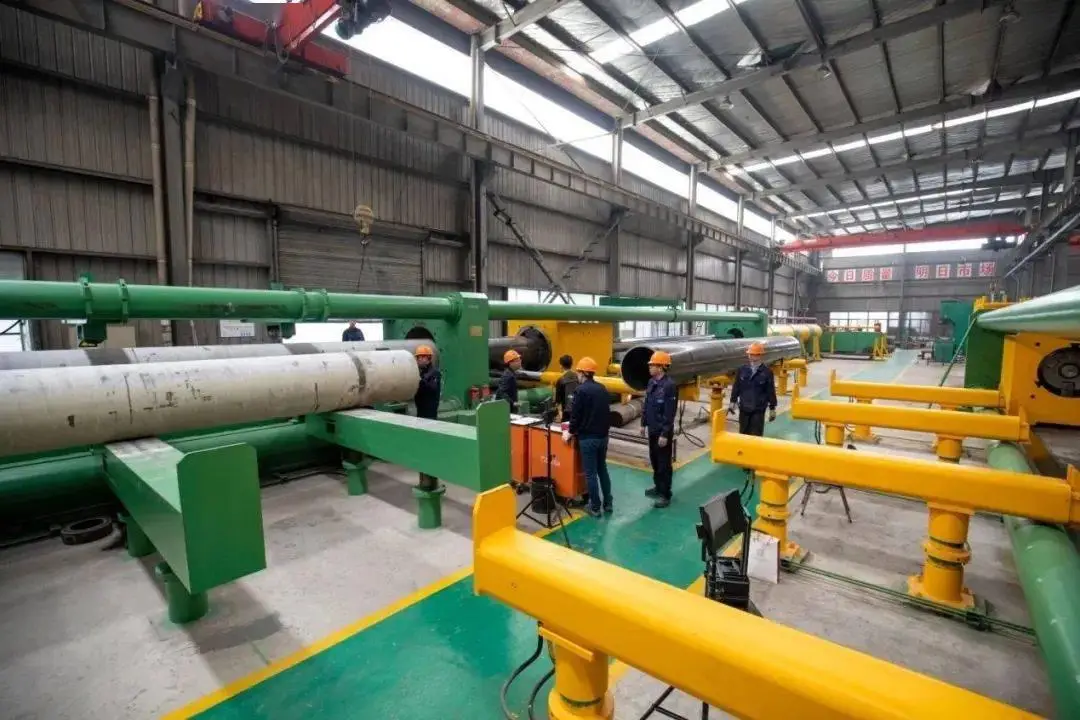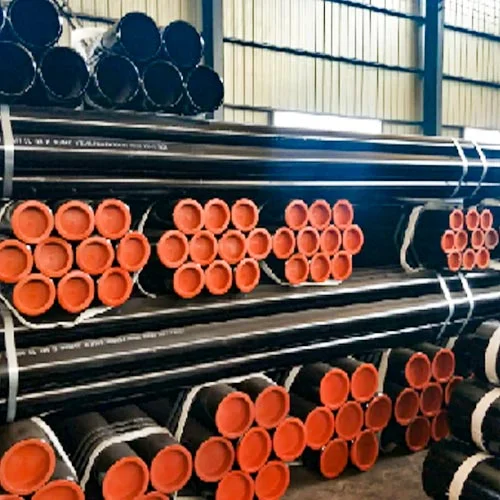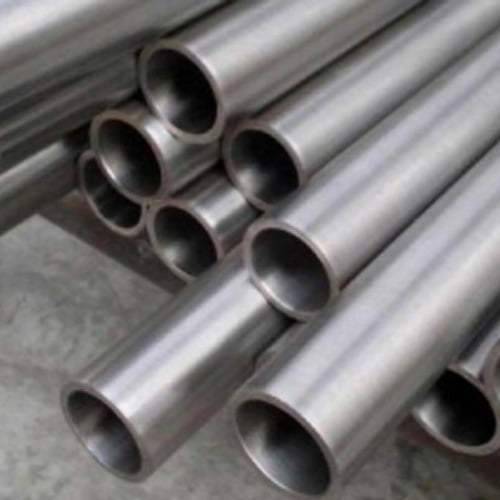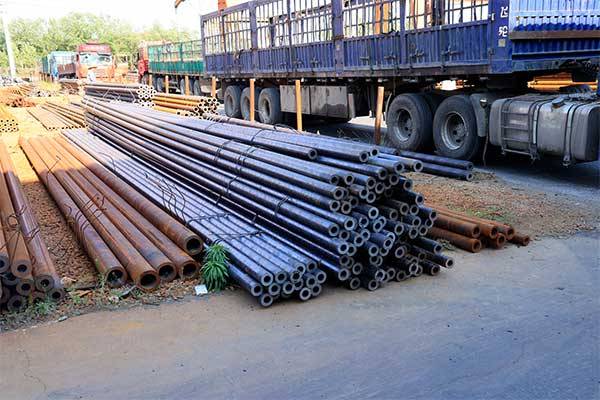Welcome to My Blog!
Before we dive into the content, I’d love for you to join me on my social media platforms where I share more insights, engage with the community, and post updates. Here’s how you can connect with me:
Facebook:https://www.facebook.com/profile.php?id=61559060896490
Now, let’s get started on our journey together. I hope you find the content here insightful, engaging, and valuable.
Introduction
When choosing materials for construction or industrial applications, two popular choices are galvanized steel pipes and stainless steel. Each offers unique advantages and disadvantages, making the choice highly dependent on the application. In this article, we’ll explore the key differences between galvanized steel pipes and stainless steel, covering their composition, uses, durability, cost, and much more.
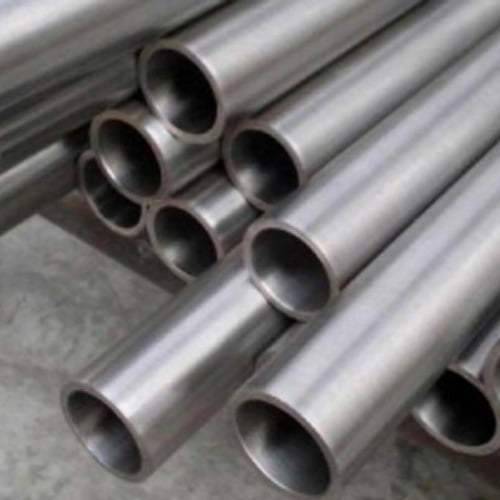
Composition and Manufacturing Process
Understanding the basic composition of galvanized steel pipes and stainless steel helps highlight their unique properties.
- Galvanized Steel Pipes: These are made by coating regular steel with a layer of zinc, either through hot-dip galvanizing or electro-galvanizing. The zinc layer provides corrosion resistance.
- Stainless Steel: Composed primarily of iron, chromium, and nickel, stainless steel is highly resistant to rust and corrosion due to the chromium oxide layer.
| Material | Composition | Manufacturing Process |
|---|---|---|
| Galvanized Steel | Carbon Steel + Zinc Coating | Hot-dip or Electro-galvanizing |
| Stainless Steel | Iron, Chromium, Nickel | Alloying and Electro-polishing |
Corrosion Resistance
One of the most significant differences is how they resist corrosion.
- Galvanized Steel Pipes: The zinc coating acts as a sacrificial layer, corroding over time to protect the steel underneath. While effective, this layer eventually wears off in highly corrosive environments.
- Stainless Steel: Its chromium content creates a self-healing oxide layer, offering long-term corrosion resistance, even in extreme conditions like marine environments.
Strength and Durability
Both materials provide excellent durability, but their strength differs depending on the application.
- Galvanized Steel Pipes: These are sturdy and can withstand significant stress, making them ideal for structural applications. However, the zinc layer can wear down over time, reducing durability.
- Stainless Steel: Offers superior tensile strength and maintains its properties over extended periods, even under harsh conditions.
4. Applications in Various Industries
Galvanized Steel Pipes vs. Stainless Steel suitability depends on specific industries and applications.
| Industry | Galvanized Steel Pipes Uses | Stainless Steel Uses |
|---|---|---|
| Construction | Fencing, scaffolding, water pipelines | High-rise building supports, handrails |
| Automotive | Exhaust systems, frames | Engine components, decorative parts |
| Food Processing | Not widely used | Storage tanks, hygienic piping |
| Marine | Not ideal due to salt exposure | Shipbuilding, underwater pipelines |
Cost Comparison
Price is often a determining factor when selecting materials.
- Galvanized Steel Pipes: Generally more affordable due to simpler manufacturing and lower material costs. Ideal for budget-conscious projects.
- Stainless Steel: Higher initial cost, but its durability and low maintenance make it a cost-effective choice in the long run.
Environmental Impact
The environmental footprint of these materials varies based on production and recycling potential.
- Galvanized Steel Pipes: Recycling is possible but requires removing the zinc layer, which can release harmful substances if not handled properly.
- Stainless Steel: Completely recyclable without significant environmental harm, making it the greener option.
Maintenance Requirements
Maintenance plays a crucial role in determining the long-term feasibility of a material.
- Galvanized Steel Pipes: Require periodic inspections to check for zinc layer wear. Once the coating is damaged, corrosion accelerates.
- Stainless Steel: Virtually maintenance-free; occasional cleaning can restore its aesthetic and functional properties.
Conclusion
The choice between galvanized steel pipes and stainless steel comes down to specific needs. Galvanized steel is budget-friendly and suitable for moderate conditions, while stainless steel provides unmatched longevity and corrosion resistance. By understanding these key differences, businesses can make informed decisions for their projects.

FAQ
Can galvanized steel pipes and stainless steel be used together?
Yes, but galvanic corrosion may occur if they’re in direct contact. Use insulating materials to prevent this.
Which is better for plumbing systems?
Stainless steel is superior due to its long-term durability and resistance to water-induced corrosion.
Are galvanized steel pipes still widely used?
Yes, they’re popular in construction and certain industrial applications where cost-efficiency is essential.
How do I maintain galvanized steel pipes?
Regular inspections and touch-up galvanizing can prolong their lifespan.

